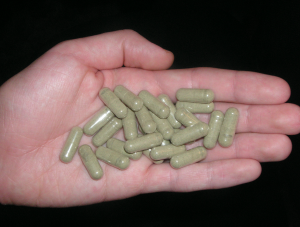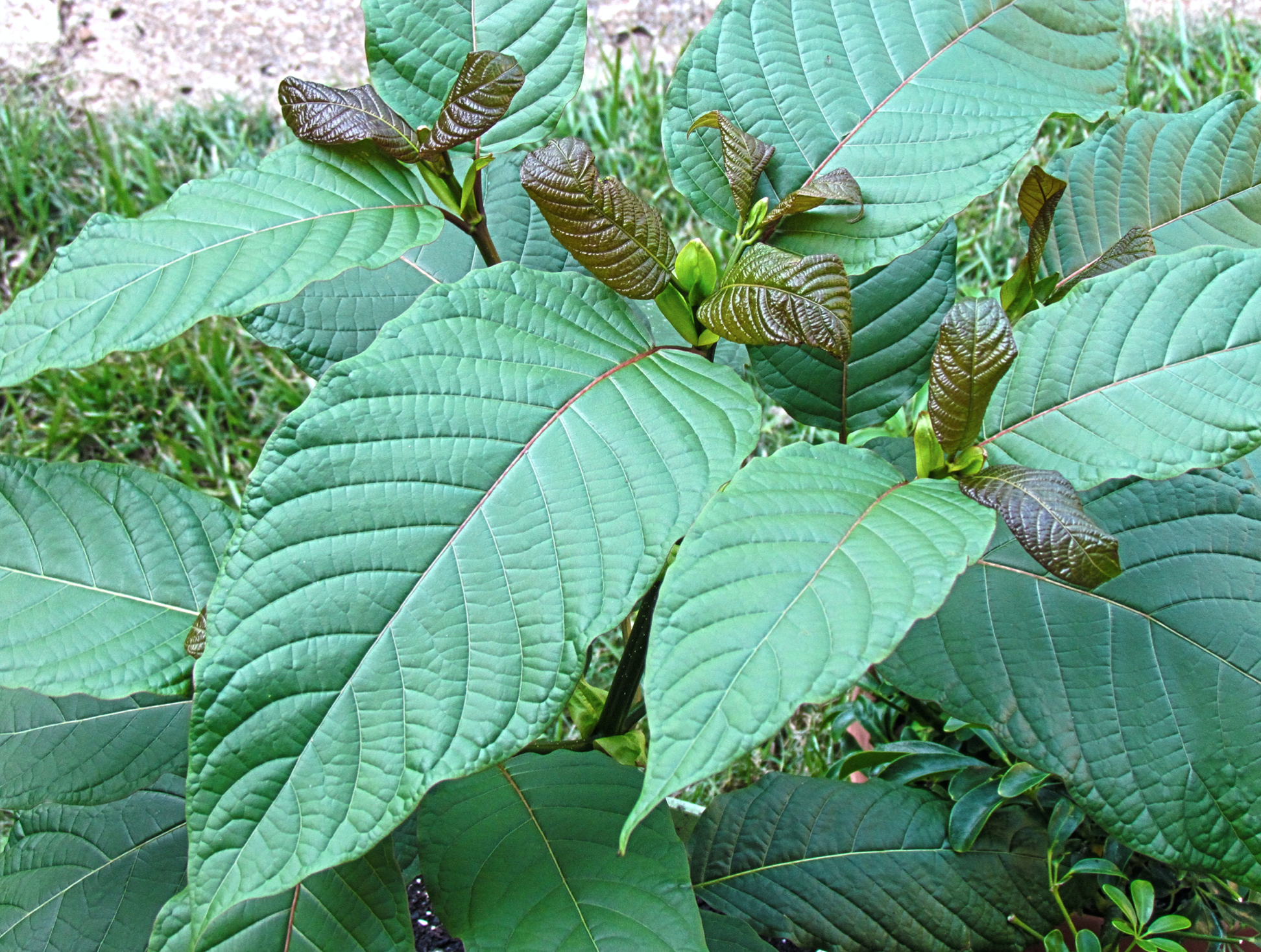Kratom may not be the silver bullet to opiate withdrawal, at least not yet. However, research done so far cites its ability to treat some of the worst side effects.
Kratom is an herb that has gained recognition all over the world for its immense medicinal properties. The tree from which kratom is extracted is scientifically known as Mitragyna speciosa, and is a part of the coffee family. The tree is indigenous to Southeast Asia, where it has been used from time immemorial as a natural pain-relief remedy.
However, like cannabis, the purported medicinal properties of kratom were often dismissed as claims lacked sufficient backing from scientific research and clinical trials. Until recently, as major research centers around the world have begun to investigate the widely-reported health benefits of kratom.
Among the numerous uses of kratom, the herb has shown remarkable results with opiate withdrawal.
This post shall offer more insights on what opiate withdrawal is, how kratom helps with the condition, and other pertinent questions pertaining to the topic.
What is Opioid Withdrawal?
Opioids refer to drugs that are prescribed for the treatment of pain. The most common opioids include drugs that are derived from the poppy plant, such as heroin, opium, morphine, and codeine. Opioids also include synthetic drugs like methadone, hydrocodone, and oxycodone.
Opioids are effective in relieving pain. But, they present one problem that’s common with nearly all conventional analgesic medications – addiction and dependency. In fact, the National Institute on Drug Abuse estimates that about 2.1 million Americans, and up to 36 million people worldwide, abuse opioids.
Opioid withdrawal refers to symptoms that occur when you either slow down the amount of opioids you’re taking or stop using the drugs completely. Opioid withdrawal is especially common among people on high doses of opioids and results from the body’s difficulty in adjusting to reduced amounts.
The first onset of opioid withdrawal symptoms begins within a day of stopping the usage of opioid drugs.
These symptoms include:
- Insomnia;
- Muscle aches;
- Anxiety and irritability;
- Hyperhidrosis;
- Lacrimation; and
- Yawning frequently.
Other opioid withdrawal symptoms happen after 24 hours and include:
- Gastrointestinal complications, such as nausea, loss of appetite, vomiting, diarrhea, and abdominal pains;
- Elevated blood pressure;
- Rapid heart rate;
- Skin goosebumps;
- Dilated pupils;
- Dehydration; and
- Body tremors.
How Does Kratom Help?
Kratom helps with opiate withdrawal by treating the most severe withdrawal symptoms, which include pain, anxiety, and digestive complications. But first, it’s important to mention that kratom acts in nearly the same way as opioid drugs. The fundamental difference is that kratom is a partial opioid agonist, while most other opioid drugs are full opioid agonists.

All opioids bind to receptors that are located in the brain and the Central Nervous System. However, kratom partially binds to those receptors, which explains why it is not addictive in comparison to full opioid agonists.
Being a partial opioid agonist, kratom doesn’t exert full effects on the brain or the CNS. It simply enhances the effects of the body’s endogenous opioids. Now, the brain is capable of manufacturing its own opioids, which are useful in decreasing pain, modulating respiratory rate, and relieving anxiety. However, the body doesn’t produce large quantities of opioids. This essentially means that if you’re experiencing excruciating pain, the opioids produced by your CNS may not be capable of relieving the pain, and that’s where kratom comes in.
Kratom, obtained from reputable suppliers like Big Bear Kratom Canada, mimics the effects of endogenous opioids, boosting the body’s ability to treat pain, anxiety, and insomnia. At small doses, kratom delivers stimulant effects and at higher doses, the herb acts as a sedative.
Kratom is made up of numerous alkaloids. But, the most active compounds include mitragynine (MG) and 7-hydroxymitragynine (7-HMG). 7-HMG has a higher potential for abuse while MG has close to zero potential for abuse. However, the presence of 7-HMG shouldn’t come as a deal-breaker in terms of using kratom for opiate withdrawal. That’s because more than 60% of the alkaloids the herb contains constitute MG, and only 2% are 7-HMG.
- Kratom for Pain Relief
A research study that was conducted by the Food and Drug Administration found that kratom relieves pain by binding to mu-receptors. These are receptors located in the brain, which tend to mediate positive reinforcement. By binding to and activating the mu-receptors, kratom plays a significant role in alleviating abdominal pains and body aches that result from opiate withdrawal.
It’s important to remember that research on the effectiveness of kratom for pain relief is ongoing. However, there are plenty of anecdotal reports that point to it being a very potent analgesic.
- Kratom for Anxiety Relief
Besides treating pain, kratom also relieves the anxiety that’s associated with opiate withdrawal. Anxiety is a risk factor for elevated blood pressure, which is also a common side effect of opiate withdrawal.
When you’re stressed, the liver releases high amounts of glucose into your bloodstream, ostensibly to counter anxiety. And, a high blood glucose level is a precursor for elevated blood pressure. Kratom calms the body by binding to numerous receptors located in the brain. The net effect is reduced anxiety, elevated mood, and lower blood pressure.
- Kratom Combats Loss of Appetite
Poor appetite is a problem that affects nearly all opiate withdrawal patients. Kratom is a mild stimulant, so it delivers euphoric effects.
When in a state of euphoria, a person gains sudden bursts of energy and tends to do more of the activities that make them happy. Examples include eating and working out.
Besides the above effects, kratom is also a safer alternative to synthetic opioids. So far, there have only been 36 deaths linked to kratom, and most of those resulted from non-prescription use.
According to research, kratom might also help opiate withdrawal patients who usually take to alcohol to help them wean off the effects of opioid drugs. That’s because the herb promotes relaxation without presenting physical and emotional hangovers.
Lastly, it’s worth mentioning that being plant-based, kratom is also easier to produce than most synthetic opioid drugs, such as methadone.
Kratom may not be the silver bullet to opiate withdrawal, at least not yet. However, research done so far cites its ability to treat some of the worst side effects. If you’re struggling with drug withdrawal symptoms and your regular drug therapies don’t appear to help, maybe it’s time to look in the direction of kratom.


Join the conversation!